Many industrial processes include the use of steam. It also powers turbines that create electricity and is used to prepare food, chemicals, and other products. Steam valves play a crucial role in the process because most applications demand some level of control. Steam valves are mostly used to lower the incoming steam pressure for industrial applications.
A steam valve regulates not only pressure but also temperature. Always purchase steam valves from a professional steam control valve manufacturer for the best control in industrial steam applications. Get in touch with Dombor to learn about the different steam valve varieties and get the highest-quality valves.
What Are Valves For Steam?
In most cases, valves regulate the flow of a liquid or gas in a system. The design of steam valves, however, is a little more intricate. This is because steam valves regulate the liquid’s or gas’s temperature and pressure.
Steam, liquid, or gas pressure affects its temperature. Therefore, maintaining the desired pressure of the water, chemical compound, or steam is essential. Steam valves are crucial to the entire process because they help to balance out the load disturbance brought on by changes in pressure.
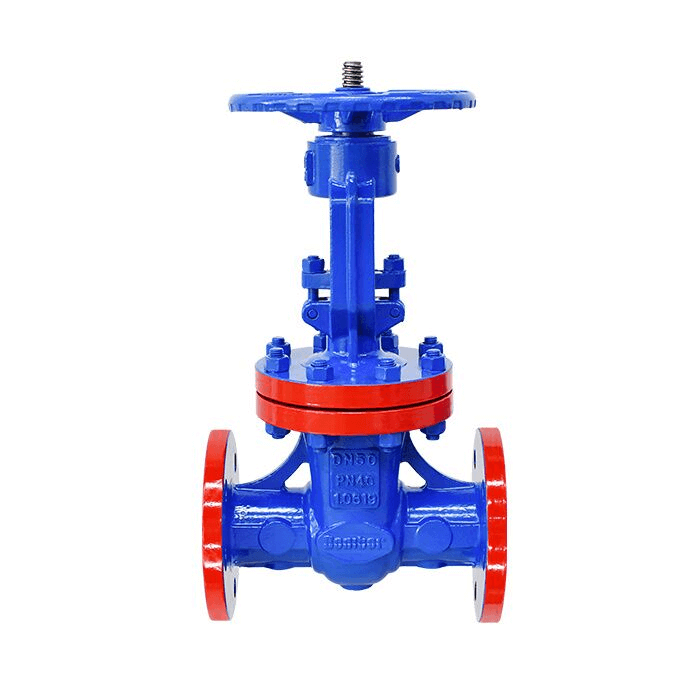
According to the process state, the controller of a steam valve will transmit a signal to control the steam flow. In turn, the steam valve maintains the process’ effectiveness by adjusting the steam’s state.
How Do Steam Valves Work?
In many industrial settings, including energy production, chemical manufacturing, and food processing, steam valves control the flow and pressure of steam. In addition to these sectors, cleaning, heating, and humidification equipment also use industrial steam control valves.
The transmission of heat energy still relies heavily on steam, although it is frequently regarded as outdated. Because of this, steam control valves are important parts of the industrial world. Modern valves are essential to maximizing efficiency because steam is one of the most readily accessible, dependable, and efficient sources of heat energy for industrial production.
Boilers typically operate at high pressures because water will carry over during low-pressure operation. Since high-pressure steam has a reduced specific volume, pipes can support less weight. Because piping and insulation are less expensive, steam distribution is more comfortable and less costly. Steam is used under lower pressure in industrial processes.
This is because low-pressure steam contains more latent heat, significantly improving energy efficiency. Due to the relationship between steam pressure and temperature, steam pressure can be automatically adjusted to regulate temperature. Additionally related to the necessary plant safety is the reduction in steam pressure. Steam valves can control steam pressure.
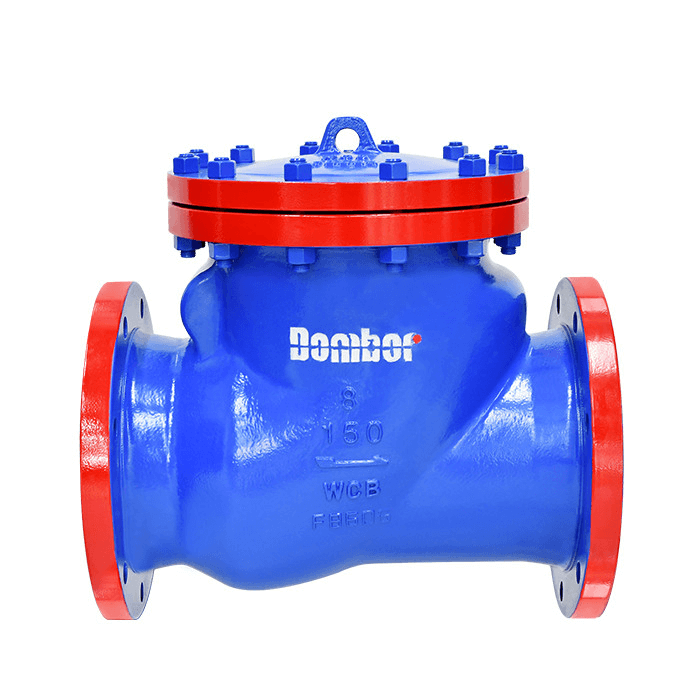
Different Types Of Steam Valves Based On Their Design
For steam services, there are several different kinds of valves. Some unique service requirements for steam valves must be met because steam is typically utilized as a high-temperature and pressure medium. Below is a brief discussion of the famous industrial steam valve types:
- Electric Steam Valve
To regulate the flow pressure of heated water vapor and steam in various applications, an electric steam valve can help. The electric steam valve manages temperature as well as pressure. Keeping the incoming steam pressure as low as possible for process applications is the primary goal of the steam valves.
The application of steam varies from cleaning, heating, humidification, and many other things in various industries. The electric model uses an electric actuator to operate the steam valve. The part of the apparatus that supplies the force required to move the valve to control fluid flow is known as an actuator.
Automation is a benefit of electric steam valves. It implies that these valves are capable of remote monitoring and control. The design of electric steam control valves is straightforward.
- Industrial Ball Valve
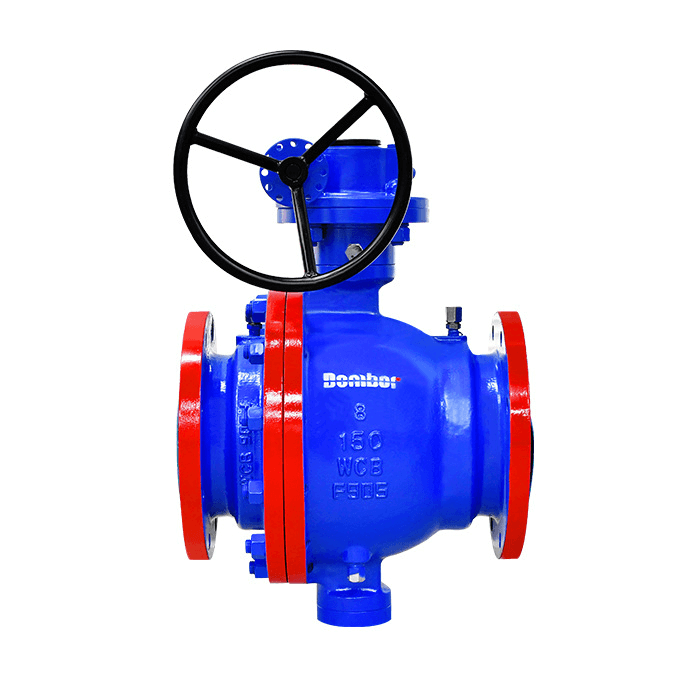
Because they allow straight-through flow, the top entry ball valve is quite helpful in steam isolation valve applications. If you need them for your applications, please get them from a certified top entry ball valve manufacturer. They also give a low-pressure drop and are quickly acting and simple to activate. Industrial ball valve can be controlled manually, electronically, or via pneumatic means. These valves have a rigid, three-piece body shaped like a quarter-turn valve with a hole in the middle. A hollow pivoting ball controls the amount of fluid that can flow through a steam ball valve. Compared to other control valves, ball valves are pretty expensive and heavy. They do, however, perform admirably in high-capacity and high-pressure situations. Buy the ball valves from the best industrial ball valve manufacturer.
- Globe Valve
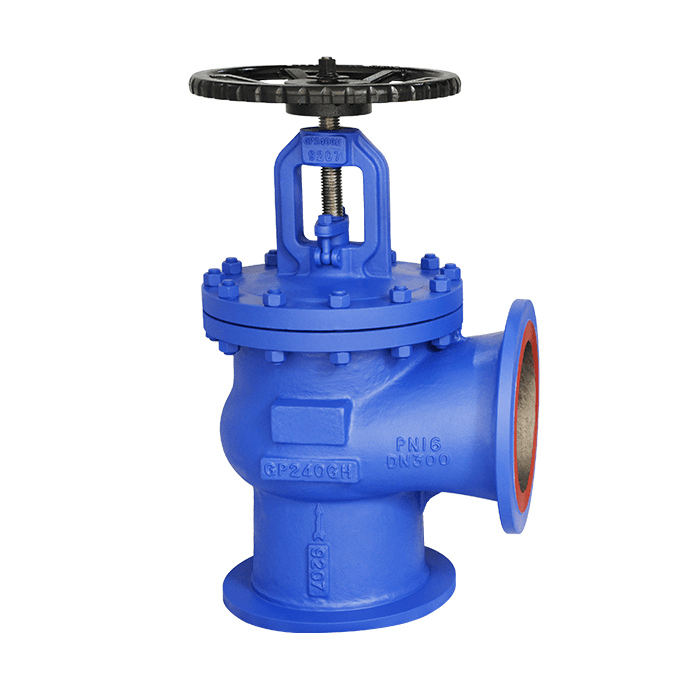
Globe valve for steam is a linear motion valve that can be put into application for both throttling and on-off applications. Steam flow rate adjustments can be made using a globe valve by effectively using a throttle.
In applications where steam flow resistance is not a top consideration, globe valves, which consist of a screw-down valve inside a spherical casing, are frequently utilized. Compared to gate valves, these valves are smaller and more easily throttled.
Throttling flow control is the function of a globe valve used most frequently. It can control the linear motion of a specific material by stopping, starting, and regulating the flow. The enormous flow resistance and more significant pressure drops that arise from changes in direction can also be accommodated by them.
Globe steam valve is significantly more suited to frequent cycling and media control between the open and shut positions, even though they make an excellent choice for on-off services. Due to their extreme versatility, globe valves can handle various flow ranges in numerous applications. Steam control is frequent use for globe valves.
- Butterfly Valve
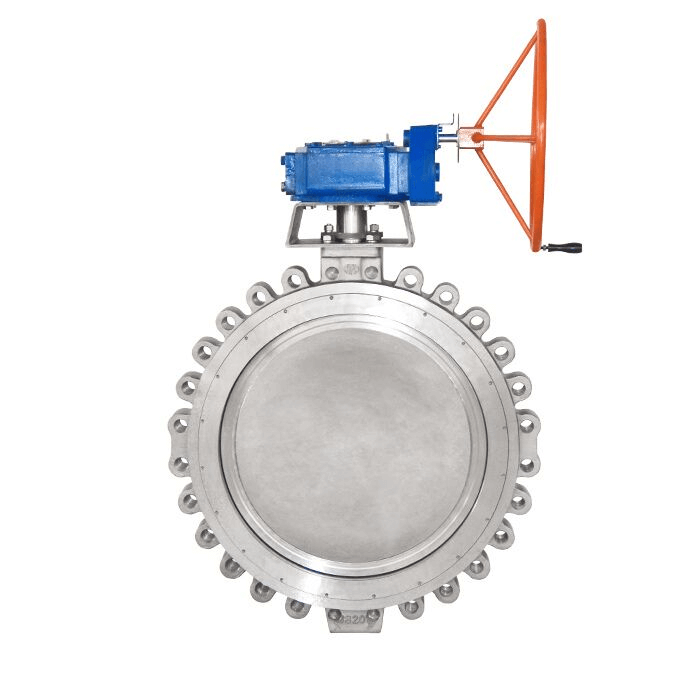
Butterfly valves are straightforward, adaptable quarter-turn valves that guarantee speedy operation. A little pressure drop occurs throughout the entire valve because it presents the slightest impediment to steam as it goes through the disc aerodynamically. A butterfly valve’s primary benefit is how simple it is to operate. The valve may be opened without requiring a lot of force or wear and tear. Butterfly valves are also small and easy to install because they resemble a metal disc.
An industrial butterfly valve is available with various liner selections, construction materials, and other characteristics. A lug type butterfly valve is excellently compatible with a variety of steam applications. Because of their high-pressure recovery, low-pressure drop, and superior flow isolation, butterfly valves are commonly used in industry.
- Gate Valve
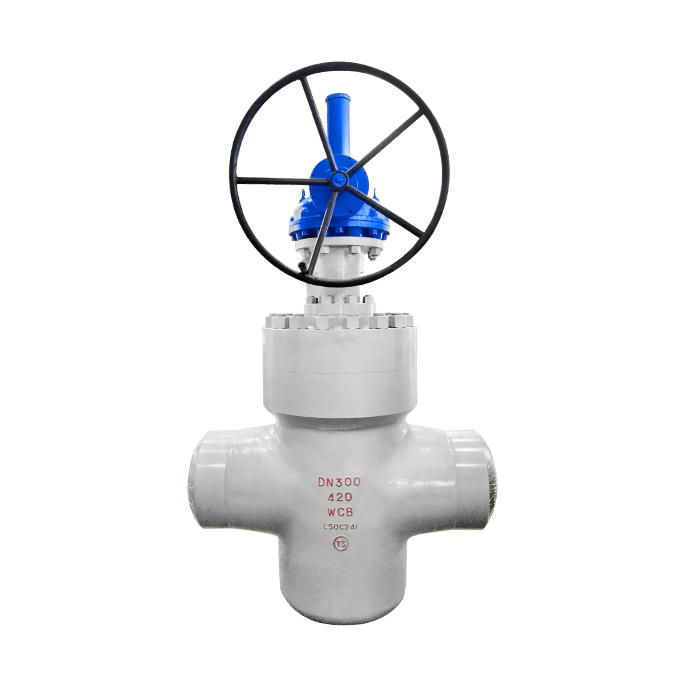
In fluid applications, a steam gate valve is a linear motion valve used to start or stop the flow of gases and liquids. The gate’s ability to be entirely outside the flow route when it is fully open minimizes flow resistance through the valve, a feature frequently employed in water systems and process plants. They work well in systems that require full flow when the valve is open because they have low resistance, which minimizes pressure decrease when fluid passes through the valve.
- Check Valve

The term “single-way valve” also applies to the steam check valve. Its purpose is to stop media from flowing backwards through the steam pipeline. Water pump suction from the bottom valve also belongs to the class of check valves. The opening and closing components use the steam flow and force to open or close, respectively, to stop the steam check valve from backflowing. The automatic valve class check valves, which are typically used in pipelines with medium one-way flows, to prevent accidents, restrict the medium’s flow to one direction only.
- Angle Valve: The piston valves with angle seats are pneumatically operated and provide linear actuation to lift the seal from its seat. Due to the seat’s placement at an angle, the flow is a little obstructed in the open position. As a result, there would be minimal pressure loss and a great flow rate. Industrial angle valves control the flow of steam. Additionally, they can work in environments with high temperatures, high viscosities, and even zero differential pressures. Angle seat valves are famous for demanding applications because of their durable design and long cycle lives. They are, thus, great, long-lasting substitutes for ball valves.
- Diaphragm Valve: Usually having several ports and an elastomeric digraph, diaphragm valves are composed of a body of plastic, wood, or metal. The flow is controlled by the valve, which is opened and shut by the seat in the body. The strong seal on these valves eliminates all possibility of contamination. This makes it easier to maintain cleanliness and sterility in the steam or fluid in the systems. Because of the incredible variety of designs and building material choices, diaphragm valves can be put into use in numerous systems. These valves can be used to control corrosive and abrasive media in addition to pure water.
Materials Used In Making Steam Control Valves
If the materials employed in a valve’s housing and seal are incompatible with the media passing through it, the valve’s material will deteriorate over time. For the body of the steam valve and its internal parts, such as the ball and disc, metallic materials such as alloy steel, cast iron, bronze, copper, stainless steel, steel, and brass are utilized. The gasket, seal, and packing of the steam valve are made of plastic-based materials like PA and PTFE and rubber-based materials like NBR, EPDM, and FKM.
Components Of Steam Valve
No matter the type, all valves consist of these essential components:
- Actuator: The mechanical control valve actuator modulates valves using an external power source. An actuator is a crucial part of control valves because it drives the valve to open or close. Pneumatic steam valveactuatorsand electric actuators kinds are the most prevalent in industrial process control loops.
- Valve Stem: The stem, which joins the actuator and disc, holds the disc in place. Typically, stems are forged, with threaded or welded joints having them to the disc. A fine surface quality of the stem near the seal is required for valve designs that need stem packing to avoid leakage.
- Bonnet: The portion of the valve known as the bonnet transfers pressure while maintaining the stem seal packing seal between the valve body and stem. The bonnet of a globe valve is fastened to the valve body to make it easier to assemble the interior components of the valve. In contrast to the integral cast bonnet of most rotary valves, this bonnet style is also referred to as a bolted bonnet design.
- Gasket: A gasket is a tool used to stop leaks between the Body and Bonnet and when assembling iron and steel.
- Valve Plug: Utilizing the force of fluid flow requires the employment of a valve plug.
- Positioner: The key to controlling the control valve is the positioner or position.
- Valve Trim: Typically, a stem, seat, and plug make up the valve trim. The stem is used to join the actuator to the plug. The plug is the moveable component installed in the flow route to modify the medium’s flow through the valve. The seat, which is attached to the valve body and functions as a contact point for the plug to shut the flow, creates the fluid path along with the plug.
- Disk and Seat: The disc serves as the primary principal pressure barrier for valves that have bonnets. It is possible to allow and prevent fluid flow using the disc. When the disc is closed, the outlet side must be depressurized for the disc to receive the entire system pressure.The disc has a surface to sit on thanks to the seat or seal rings. Some designs don’t employ seal rings but machine the body to act as the seating area. The sitting surface is provided in other designs by threading or welding forged seal rings to the body.
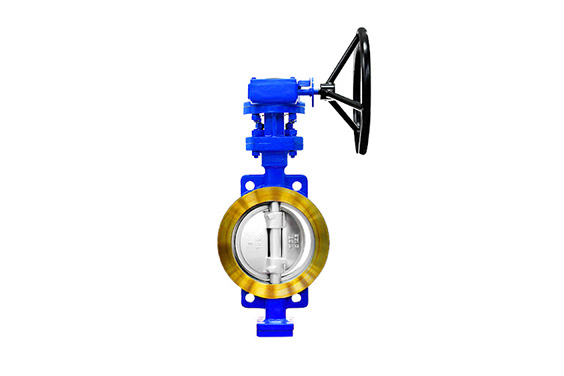
What are the Industrial Applications of Steam Control Valves?

All industries that use steam as fuel employ steam valves. The following sectors frequently utilize steam valves:
- Cleaning
Heat exchanger tubes and other industrial equipment can also be cleaned using steam. To stop tube surface fouling, steam-powered soot blowers are put into use in the boiler’s flue gas stream. To eliminate surface stains, heat exchangers are also cleaned online using steam.
Industry experts can use dry steam to clean various sorts of surfaces. To sanitize kitchenware, high-temperature steam is therefore controlled using steam valves. Steam is utilized for industrial equipment cleaning during maintenance and paint preparation, necessitating steam valves for effective management.
- Process Heating
In any process industry, process heating is where steam is most frequently used. To properly utilize latent heat, steam should be used at low pressure. Energy can be lost through high-temperature condensate and flash steam when greater pressure steam is used for process heating.
- Food Production
Food production, both for humans and animals, requires using steam as a key ingredient. Processes must be thoroughly managed to assure the delivery of high-quality and consistent goods because the health and safety standards established for these applications are pretty strict. This impacts steam control and application. The internal piping and valves put into use throughout the operation, as well as the pet food preparation and cooking, are cleaned using steam.
It is possible to construct an effective and precise steam control system by integrating steam valves and valve controllers that are perfect for steam applications.
- Reduce Steam Pressure
By reducing the size of the steam route, pressure is typically reduced in an avoidable manner. Use a standard globe valve with a fixed partially open position or introduce an aperture plate into the steam flow to reduce pressure in the simplest feasible way. But every change in flow rate would be matched by an equal change in pressure.
As saturated steam’s temperature and pressure are directly correlated, controlling pressure can be a quick and easy way to regulate temperature. In applications like sterilizers, where controlling surface temperature with temperature sensors is challenging, this valve characteristic is suitable for such purposes.
Factors To Consider When Selecting Valves For Steam

Several types of steam valves are accessible, and each can be found in a wide range of sizes, designs, and configurations. With such an extensive range, deciding which is best for a particular steam system can be challenging. Knowing what factors matter can make the decision-making process more manageable. Considerations for choosing a steam control valve include some of the following:
- Material
Understand the standards for chemical compatibility. The materials used to construct the valve must be compatible with the gases that pass through it. The resistance of plastic valves to corrosive or harsh chemicals often outperforms that of metal valves.
- Requirements
Ensure the steam trap you plan to purchase will perform as expected before buying. The steam valve’s response time and the amount of pressure needed to open it should be considered. Given that each has a distinct function, you should compare usually open and normally closed valves. The reliability of the steam valve can be increased with the right decision. If the valve is often more closed or open during typical system operation, it will influence the choice.
- Installation
Before selecting a valve, take into account the management system. Some steam valve types enable remote control and monitoring, significantly simplifying maintenance. Inquire further about the steam valve’s ease of connection and disconnection.
- Application
A crucial step in choosing the ideal industrial valve for the application is figuring out the steam valve’s application condition. Therefore, you must ascertain the necessary pressure, temperature, and flow rates. Each valve has a different range of temperature and pressure. Metal valves, for example, are more resistant to extreme heat and pressure than plastic valves. Because they are often stronger than plastic valves, metal valves are best suited for pressured gases.
- Operations
Another crucial factor to consider is the steam valve’s manner of operation. Check if the steam valve has to be manually or automatically triggered. Choose whether the device will be utilized with an electric, hydraulic, or pneumatic actuator if it will be activated.
- Type And Size
What a valve can do depends on its type and size. Flow can be mixed, diverted, shut off, or adjusted using valves. Additionally, they may stop backflow and release pressure. Which valve type to choose depends on the function of the valve.
- Flow Control
Discuss the fluid’s maximum and minimum temperature ranges or the permissible range. A valve’s predicted minimum and maximum inlet and output pressures should also be included. This will make it easier for you to comprehend how the valve controls the flow. Make sure the steam valve you choose provides reliable control at varied temperatures. Additionally, they satisfy many other criteria, such as linear percentage or equality. Recognize that these flow features will change depending on the procedures in use, and the valve must be able to guarantee stability under all circumstances.
- Maintenance
Remember to take continuous maintenance into account. The need for care should be taken into consideration while selecting any valve. Both valve dependability and application stability depend on this. Ball valves are a prime example of this. They withstand jamming, clogging, and malfunction. However, they are ineffective in changing flow. Leakage or early failure can result from using them to regulate flow.
- Budget
Generally, rotary control valves like the butterfly and ball types are less expensive than globe-type control valves.
You must know where to begin if you want to make the valve selection quicker and easier. Making a decision will be easier if you have all the information upfront. Before making a decision, you need to thoroughly understand the system’s application needs, a valve’s working circumstances, and chemical compatibility.
Contact Professional Steam Valve Manufacturers
The correct steam control valve is an essential part of any system. That is, however, easier said than done. The machine’s effectiveness will largely depend on the kind and caliber of its steam valve. The steam control valve is a crucial piece of machinery companies use to produce high-quality goods. These valves are now made with cutting-edge technology and durable materials to increase their lifespan. Industry experts should ensure they get their hands on the best steam valves to prevent risk. Contact professional steam valve manufacturers to buy the best quality valves.









